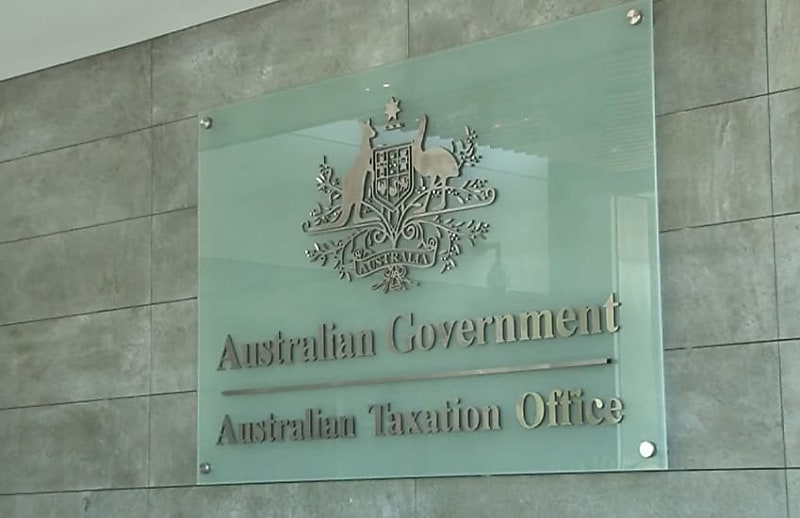Refunds are being issued to taxpayers with debts on hold instead of being used to pay down the outstanding amount as legally required, the ATO says after identifying the problem.
The ATO’s latest Tax Professionals News said the system had malfunctioned and confirmed the Tax Office was working to resolve the issue as quickly as possible.
However, it declined to say how many taxpayers were involved or the amount of the refunds.
Debts on hold are negative balances which the ATO believes would be uneconomical to pursue.
“While a debt is on hold we do not try to collect it,” the ATO said on its website. “However, any credits or refunds you become entitled to are used to pay off the debt. This is required by law.”
The ATO would advise taxpayers of the outstanding debt balance and mark it “inactive” until paid down, which could be done at any time. After offsetting, any balance still payable remained on hold.
“You don't need to do anything. We will continue to offset any credits or refunds until your debt on hold is paid in full,” the ATO website said.
“When we use a credit or refund to pay your debt on hold, an offset transaction can be found on your statement of account or in ATO online services with the description ‘offset’.”
But for an unspecified time, the system had developed “an issue where offsetting of refunds to debts on hold may not be occurring as planned”.
The ATO notice said accountants might “see instances where some of your clients receive a refund instead of it being offset to their debt on hold.”
“Once the current issue is resolved, we will continue to offset any refunds until their debt on hold is paid in full.”
An ATO spokesperson declined to specify how many taxpayers had received refunds or the total amount refunded, but said the impacted population was small and “our resolution approach will ensure that taxpayers are not disadvantaged”.
The ATO said it was working to resolve the fault as quickly as possible.
On its website, the ATO said there were only “limited circumstances” where it had the discretion not to offset and issue a refund instead.
Debts on hold could also be reactivated if they became economical to collect, usually because the taxpayer simply paid up or because the ATO believed the taxpayer had the ability to pay.
“When a debt is reactivated, we remit any general interest charge that accrued during the time that it was on hold.”
The action would show as an outstanding balance and the taxpayer or their agent would be notified.
“When we tell you your debt has been reactivated, you need to pay the outstanding amount in full by the due date advised. If you cannot pay by this date, you may be able to set up a payment plan to pay by instalments.”

 Login
Login







